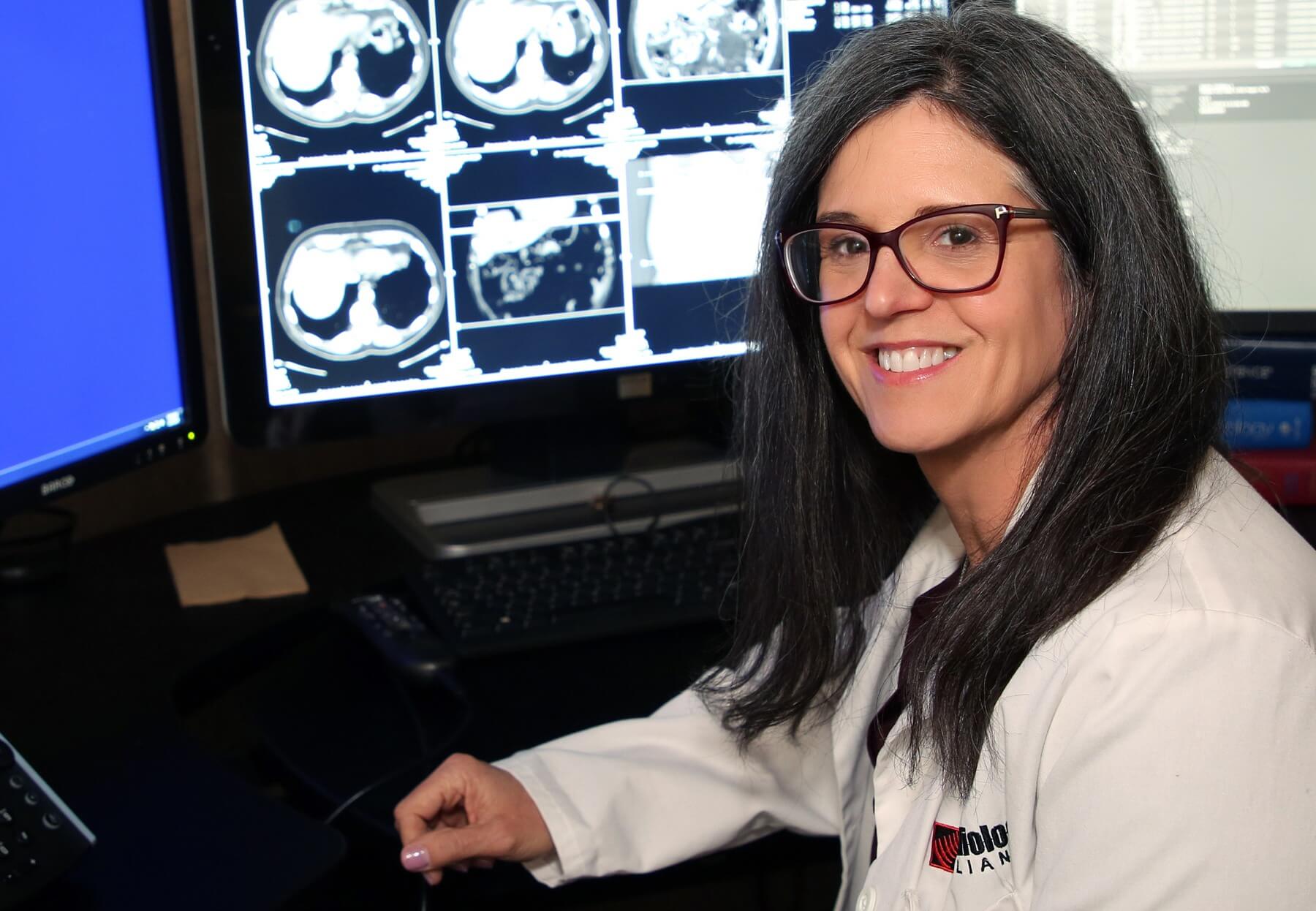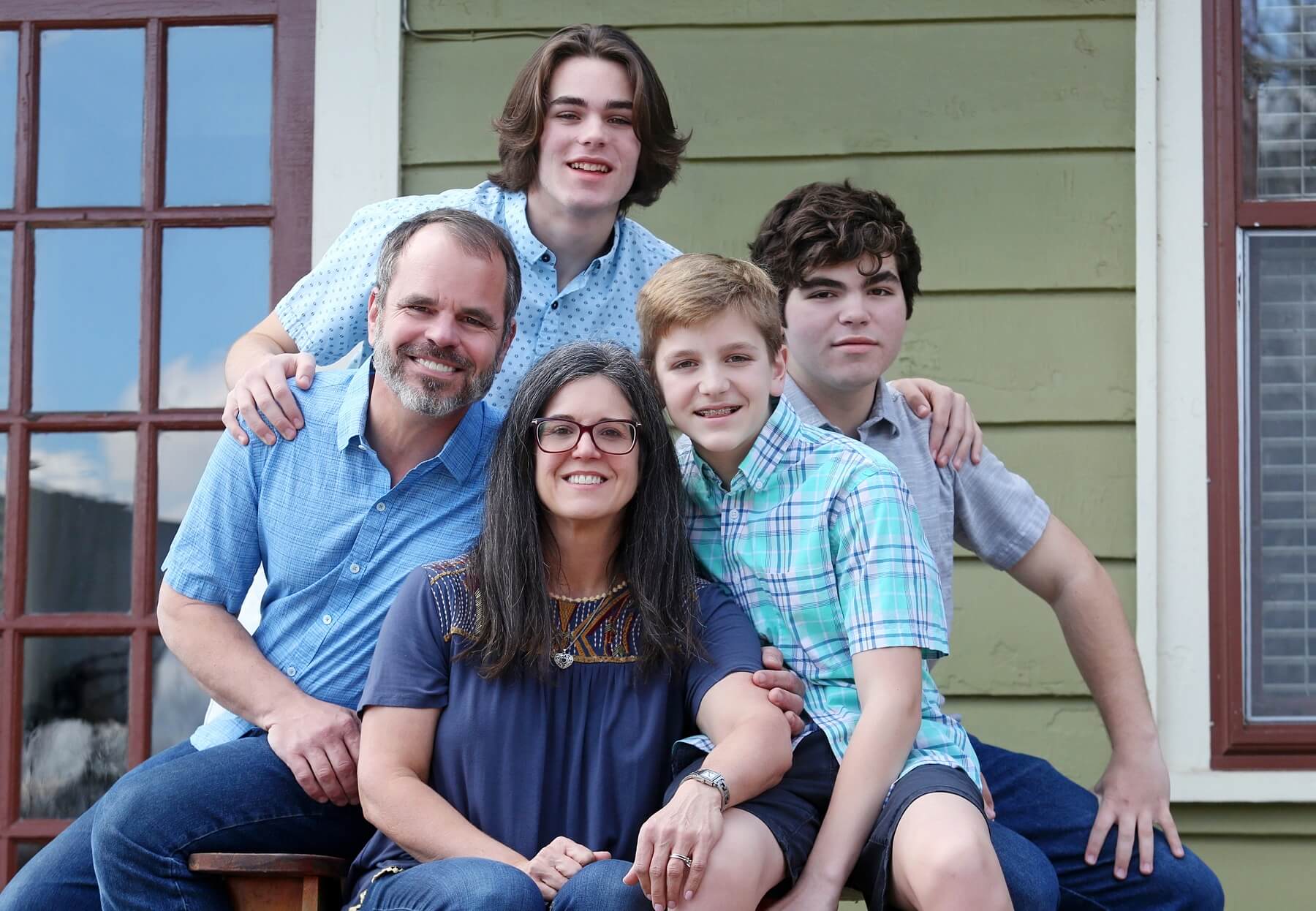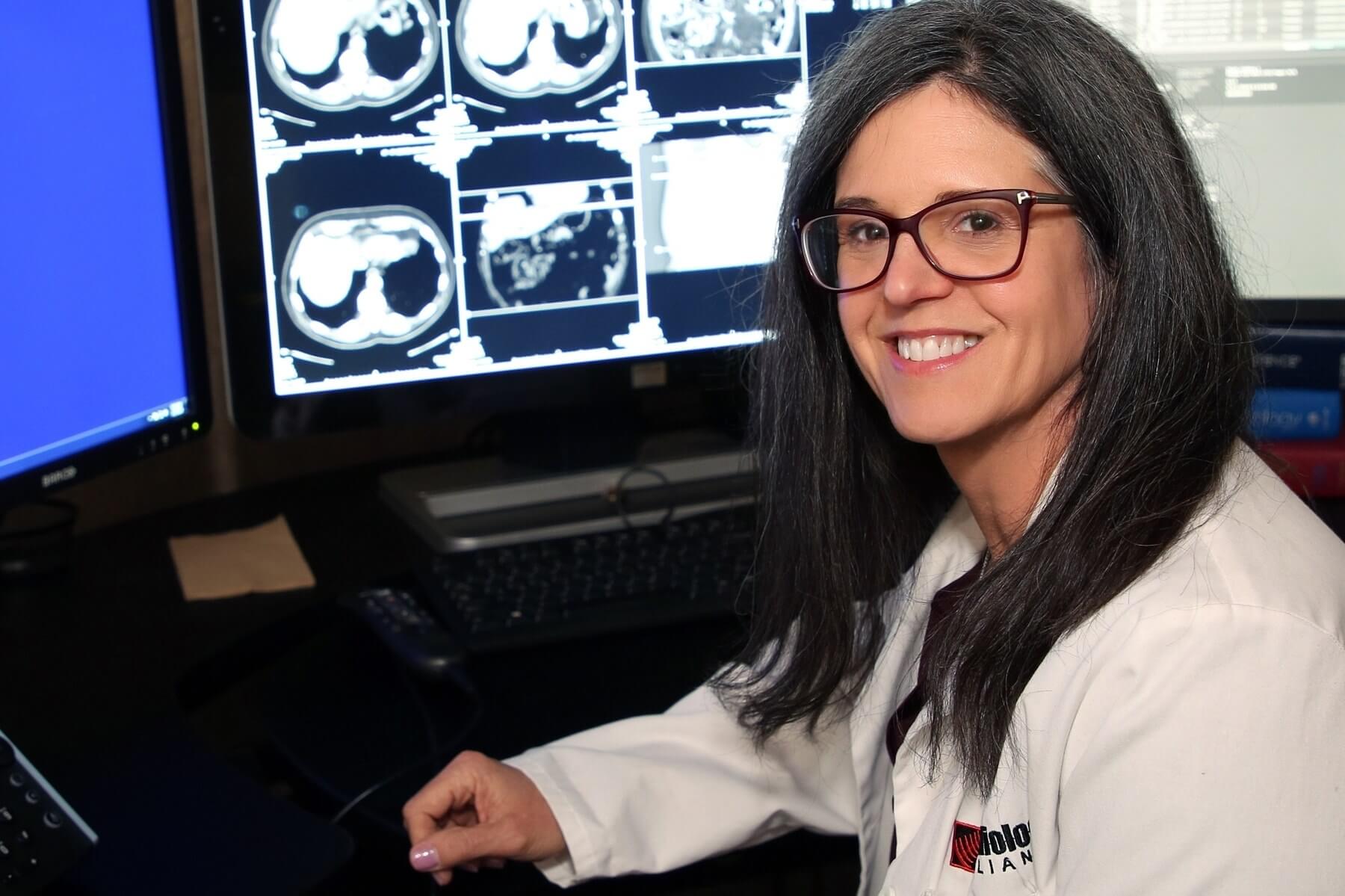Dr. Michelle Luschen spent her post-college years anticipating a career in cardiothoracic surgery. Despite this anticipation, Michelle redirected her career to one in interventional and vascular radiology. A procedural-based specialty, interventional radiology (IR) is used in diagnosing and treating diseases. Michelle has risen to the top of her field and has made a name for herself as an interventional and vascular radiologist at TriStar Skyline Medical Center. In addition to evaluating staging for cancer, employing new technologies and completing numerous interventional procedures, Michelle is a kind and understanding face for each patient who crosses her path. Michelle is also the proud mother of three boys and the loving wife of a stay-at-home dad, who makes it possible for her to thrive in her career. Michelle embodies the mission of TriStar Health and showcases the importance of commitment to both work and family. Get to know our newest FACE of TriStar.

You completed internships in general surgery and residencies in nuclear medicine and diagnostic radiology at Vanderbilt (your alma mater). Why did you choose interventional and vascular radiology as your specialty?
Growing up, my parents were at every single thing I did, like sporting events and plays. I realized, during my internship, that wouldn’t be the life of a surgeon. My dad got sick and died during my internship, and I didn’t get to spend time with him. It hit home that this wasn’t what I wanted. I went into radiology thinking it would be more family-friendly, and although it has not been quite as family-friendly as I naively thought, it is a better fit for me.
When I switched to radiology, I was lucky enough to be able to stay at Vanderbilt. During my residency, I gravitated to interventional radiology, which is procedurally oriented, and completed a fellowship at the University of Virginia before coming back to Vanderbilt for a job offer. I was on staff there for about a year before I was recruited to TriStar Skyline. I have been here ever since.
How did your experience in general surgery translate into IR?
It let me develop the skills of talking to and examining patients and being able to perform under pressure. I get to touch a lot of patients and interact with a myriad of specialties. In IR, the work is collaborative. My favorite part is seeing the patients, but I also get to interact with all of the service lines and be a solution to problems.

Interventional and vascular radiology is used to diagnose and treat diseases. Can you tell us about some of the top diseases you look for and treat?
One of the biggest focuses is interventional oncology. You start with a biopsy and go from diagnosing to treating cancer. In treating the cancer, a probe can be used to freeze or burn the cancer cells, or a catheter can be threaded to deliver radioactive beads to the cancer. The process is collaborative between a radiologist and oncologist.
We also treat women with uterine fibroids, which can cause bad periods and anemia, aneurysms in the aorta, liver disease blockages and blockages in the legs.
It can be scary because most people have not had a biopsy before. I like the opportunity to be able to talk with a patient and explain that yes, they have never had this done before, but we have done it a million times. We treat patients like family and we do everything one step at a time, so they are not overwhelmed.
Neuwave Therapy is a relatively new advancement. How are you using this technology?
Neuwave is an ablative technology where a probe placed through the skin microwaves the cancer. This is becoming a more mainstream option, and oncologists, surgeons and radiologists are becoming aware of and educated on the technology. It works in select patients with small cancers such as stage 1 lung cancer and can be done in one session.

What do you see for the future of interventional and vascular radiology at TriStar Skyline Medical Center?
Within the healthcare system, we are trying to be minimally invasive and offer a short length of stay. IR is right at the cusp of that. It is a process of ongoing education and new procedures and modalities. You never get bored, and you never know what your day is going to hold.
At TriStar Skyline, we have all the technology that Vanderbilt has — with 385 (soon to be 445) hospital beds. We are doing radio embolizations; we are doing shunts in the liver for cirrhosis; we are treating aneurysms percutaneously. TriStar Skyline is the perfect place to work because it is a small community of clinicians who actually talk to each other and work together. In private practice, you are doing it all — even the minor procedures. I would rather do that than teach. That is how much I love it.
When you aren’t working, where can we find you?
You can find me with my boys, going to soccer or lacrosse games or watching my middle son in a theater production. I am a mom of three boys, with a stay-at-home dad who makes it possible to be as involved and passionate with my work as I am.
I try to leave work at work so I can walk in the door and have it be about family. With three teenage boys my house may not always smell great, but my family are my stress relievers. Being able to spend time with them helps me be a calm person. If I didn’t have that, I would be an anxious person all the time.
I do some mission work in Africa, which is a completely different type of medicine than I practice every day. We go to Uganda and set up a primary care medical clinic and see between 1,400 and 1,600 patients in six days. We are treating malaria, wounds, broken bones and a heck of a lot of ringworm. I try to go every year, but it ends up being every other year. I just found out, though, that I do get to go to Africa this year, and I’m taking my 13-year-old son, Mark.


What advice do you have for young doctors choosing a specialty?
Find your passion, and you will be more likely to go to work loving it every day. I feel really lucky that this is my job.
There are not many female IRs in Nashville — I only know of two. I recently had a two-hour phone conversation with a woman. In choosing a specialty, I told her to do as many electives in the areas she is considering. I also highlighted the fact that just because you choose a specialty doesn’t mean that is what you will do for the rest of your life. There are nuances to all of the specialties, and you have to navigate that.
Thank you, Dr. Luschen, for sharing your insight into this interesting field, the emerging treatment options and for your dedication to your patients in Tennessee and Africa. Thank you to Leila Grossman of Grannis Photography for the beautiful photos of Dr. Luschen.
This article is sponsored by TriStar Health.



















